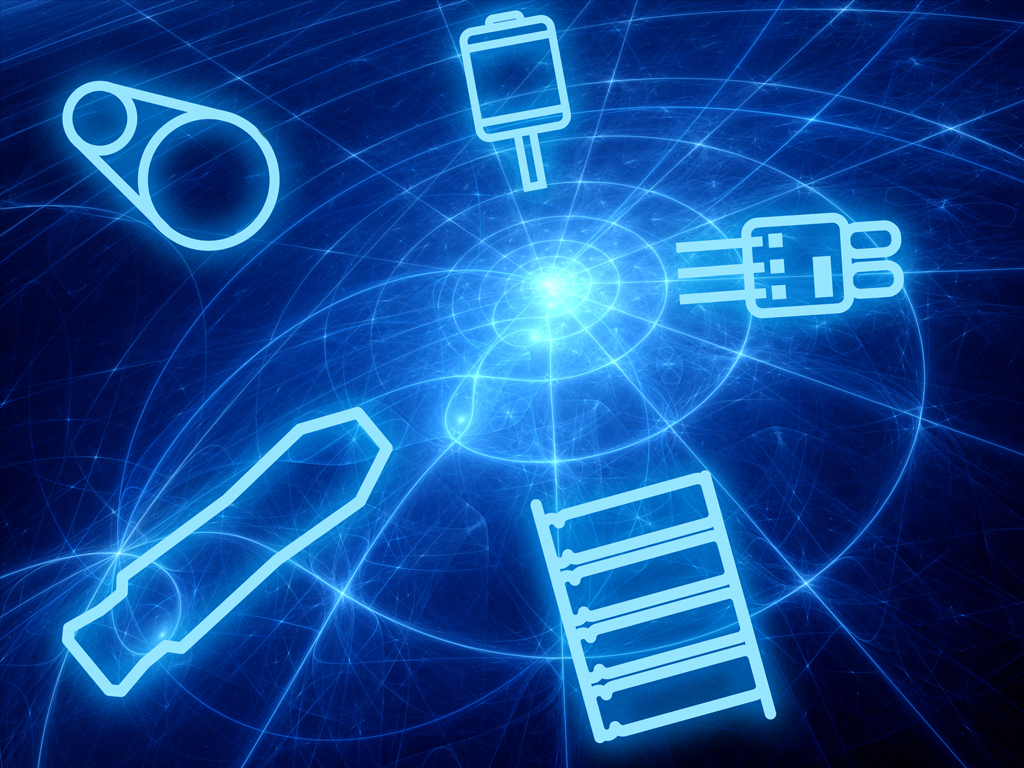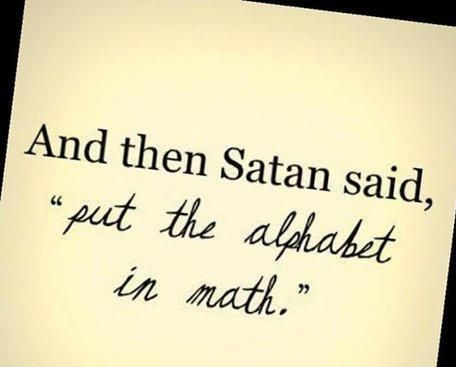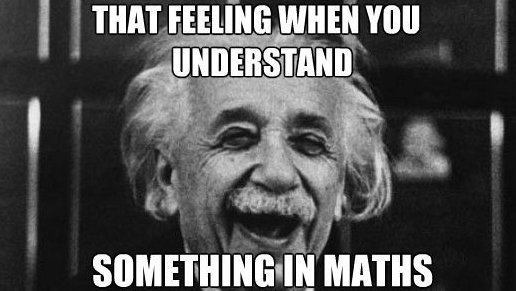
Hiyas, nice to see you gluttons for punishment again :). This is the final installment of Esk8 IQ. What does that mean to you, the reader? It means this is where we tie all the previous info together and make it useful. It’s important that you understand the aforementioned concepts or none of this will make sense. I am about to cover ERPM, KV, Voltage, Watts, Charge Rate, and some other stuff. So hang on to your whitey tighties, its about to be a roller coaster ride.
ERPM (Electrical RPM)
This is how you use motor KV and battery voltage to define the ERPM value. Remember this, its the holy grail of VESC configuration values.
KV * Max Voltage * 7 = ERPM
Example: 190 KV * 42.0v (10S) * 7 = 55,860 ERPM
Example: 260 KV * 25.2v (6S) * 7 = 45,864 ERPM
Why is ERPM important? The short answer is that all VESC’s and VESC based ESC’s have an ERPM limit, you want to stay below this limit or you’ll be the proud owner of a $200 + charcoal briquette. A standard 4.12 VESC has an ERPM limit of 60k, the FocBox/Unity and VESC 6 can go up to 80k per some sources but its (IMHO) better to stay at or below the industry defined spec of 60k.
Maximum KV
8600 / Max Voltage = Max KV
Example: 8600 / 42.0v (10S) = 204.76 KV (Max)
Example: 8600 / 25.2v (6S) = 341.26 KV (Max)
Now we will discuss Motor KV. This is the value that defines the speed and torque (Powaaaaaah!) of an esk8 when combined with the ERPM and Voltage values. When you define the Maximum KV of a build, you are saying that is the highest speed motor that can be used while staying under the Voltage and ERPM limits of the VESC. If you don’t believe this refer to my earlier declaration regarding charcoal briquettes.
Maximum Voltage
You can also attack the question from the other side by asking “What is the maximum voltage battery I can use with a given KV motor?”
8600 / Motor KV = Max Voltage
Example: 8600 / 170 KV = 50.58v
Example: 8600 / 190 KV = 45.26v
Example: 8600 / 260 KV = 33.07v
Lets face it, sometimes a build just rises out of a box of leftover gear or something else less stellar and deliberate than the scientific method. It’s all good, as long as you have an understanding of the math behind the electrical components of an esk8.
If you find yourself with a couple of 190 KV motors laying around screaming “BUILD ME!!!” at you then do it. With the above listed formula you will define the max voltage as 45.2 volts, or 10s (as 10s is 42v max and is the nearest voltage rating below the max allowable voltage). Understand, that doesn’t mean you can’s use a 6s battery pack, it’ll just be slow. If you use a 12s battery pack there is a good chance that, at speed, you will pass the ERPM barrier and kill your VESC which will then proceed to take its revenge on you by throwing your non-reading, non-math understanding ass straight at the ground with absolutely zero remorse and will enjoy your blood and loss of teeth. Just saying.
Maximum Watts
If you find yourself in need of defining the Watts value, then here you go. I typically don’t need to do this but some people like it.
Max Battery Amps * Volts per Cell * Cells = Max Watts
Example: 60a * 4.2v * 12 = 3024 Watts
Example: 80a * 4.2v * 12 = 4032 Watts
Example: 60a * 4.2v * 10 = 2520 Watts
Example: 80a * 4.2v * 10 = 3360 Watts
Maximum Charge Rate
mAh / 1000 = ?a * Maximum Charge Rate always = 1C
Example: 9000mAh / 1000 = 9a
Example: 12000mAh / 1000 = 12a
* Charging at rates over 2a will lessen the lifetime of your pack
* Charging at rates over 5a can be dangerous
I want to discuss charge rates for a minute. Its a weird subject as some people reallllly wanna charge at 20a, I honestly just don’t understand. Whatever, to each his own.
I charge at a max of 4a, most of the time I charge at 2a or 3a. It’s safer for the battery pack to charge at lower amps and it extends the lifetime of the battery pack plus, low amp chargers are cheaper. I would rather have multiple boards that are charged in a couple of hours than one board that is charged in 20 minutes.

Gear Ratio
Wheel Pulley Teeth / Motor Pulley Teeth
Example: 36t / 15t = 2.40:1 Gear Ratio
Example: 40t / 15t = 2.66:1 Gear Ratio
Example: 40t / 20t = 2.00:1 Gear Ratio
As you can see from the above examples, the change in gear ratios based on the number of pulley teeth is not dramatic in a mathematical sense. In a performance sense, it is. The difference in speeds (more) & torque (less) is massive in an actual scenario between 36t /15t (2.4:1) and 40t /15t (2.7:1).
With higher gear ratios you have more torque, with lower gear ratios you have more speed. The trick is to find the least amount of torque you need so that you have the most speed without a noticeable loss of torque. This is very difficult to do the first time you build an esk8, so start with 36t /15t (2.4:1) as it’s the most common and best compromise using available components. After you get some ride time increase the tooth count of your motor pulley(s) for more speed or increase the tooth count of your wheel pulley(s) for more torque. In other words, experiment.

Wheel Circumference
Diameter * PI = Wheel Circumference
Example: 90mm * 3.14 = 282.6mm
You’ll need this for the next section.
Maximum Speed (MPH & KMH)
Motor RPM * Gear Ratio = Wheel RPM * Wheel Circumference = MM/Min
MM/Min * 0.000037 = Maximum MPH
MM/Min * 0.000060 = Maximum KM/H
Example:
7,980 * .42 = 3351.6 * 282.6 = 947,162.16 MM/Min
947,162.16 * 0.000037 = 35.04 Max MPH
Example:
7,980 * .42 = 3351.6 * 282.6 = 947,162.16 MM/Min
947,162.16 * 0.000060 = 56.83 Max KM/H
Max Speed w/ Efficiency
35.04 * 85% = 29.78 Max MPH
56.83 * 85% = 48.31 Max KM/H
This is the mot difficult formula to use as it requires the use of the efficiency variable. You will need to experiment with this value to figure out what is most accurate for you. Your efficiency value will change based on riding style, proficiency, wheel type, substrate type, etc. I usually use 88% and it’s almost always close.

Honestly, I wouldn’t worry about too much. Its about how fast you ‘feel’, the actual data is almost irrelevant until you start tweaking settings to get more speed on your street board or more torque on your mountain board.
This is essentially all I have to give regarding the math and science of esk8. These articles are the product of many hours of research in building electric boards and the culmination of much experimentation by me and many people in this community.
I hope you have enjoyed reading this as much as I have enjoyed writing it. If you have then buy me a beer next time you see me, if you haven’t, [redacted].
* Damon says I’m not allowed to talk like that in public, but I feel like you get the idea :).
- Hoyt St Drive Train – The Cadillac of Esk8 drive systems - November 26, 2019
- DAVEGA X – Seductive Telemetry - October 22, 2019
- Why you should want Hummie Hubs and how to get them. - July 18, 2019
